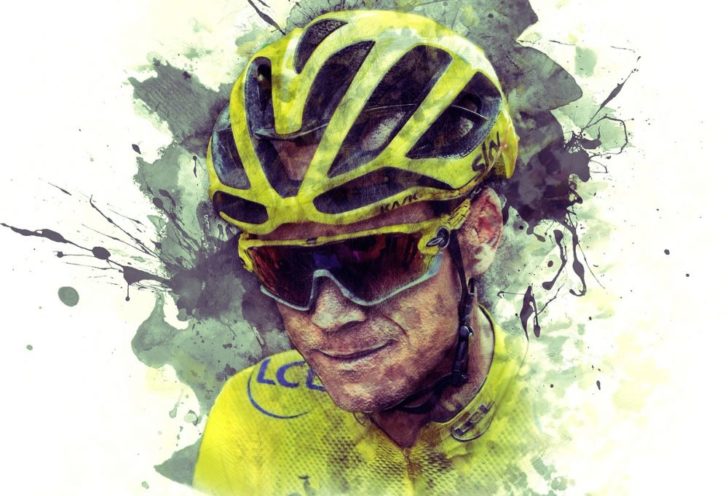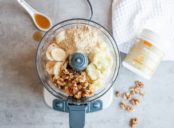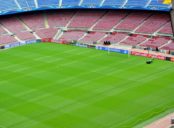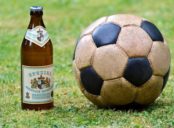Cristiano Ronaldo Diet: Unlocking the Secrets to Optimal Performance

Introduction:
Cristiano Ronaldo, one of the greatest football players of all time, is not only known for his exceptional skills on the field but also for his dedication to maintaining a strict and well-balanced diet. In this comprehensive article, we will delve into the Cristiano Ronaldo diet, exploring its various aspects, popular types, nutritional measurements, differences, and a historical overview of its pros and cons.
A Thorough Overview of the Cristiano Ronaldo Diet

The Cristiano Ronaldo diet encompasses a balanced combination of macronutrients and essential vitamins and minerals, tailored specifically to enhance performance and promote overall health. It emphasizes whole foods, lean proteins, and healthy fats while limiting processed and sugary foods. Ronaldo’s diet primarily focuses on providing the necessary fuel for his demanding training sessions and matches, ensuring optimal recovery and performance on the field.
Exploring the Various Types of Cristiano Ronaldo Diet
There are several variations of the Cristiano Ronaldo diet, each with its own unique characteristics and benefits. The most popular ones include:
1. High Protein Diet: Ronaldo incorporates a high protein intake into his diet, which helps in muscle repair and growth. This type of diet includes lean meats, fish, eggs, and plant-based protein sources such as legumes and quinoa.
2. Low Carb, High Fat Diet: Another variation Ronaldo follows is a low carbohydrate, high-fat diet. By reducing carb intake and increasing healthy fats, such as avocados and nuts, this diet aims to optimize fat burning and promote lean muscle mass.
3. Mediterranean Diet: Ronaldo also incorporates elements of the Mediterranean diet, which includes plenty of fruits, vegetables, whole grains, and olive oil. This diet is known for its heart-healthy benefits and has been linked to improved cognitive function.
Quantitative Measurements of the Cristiano Ronaldo Diet
In order to achieve and maintain peak performance, Ronaldo’s diet is carefully measured, providing specific quantities of macronutrients and calories. While the exact measurements may vary depending on his training regimen and goals, a typical breakdown of macronutrients in his diet is as follows:
1. Protein: Ronaldo consumes around 1.4 to 1.6 grams of protein per kilogram of body weight. This high protein intake aids in muscle recovery and development.
2. Carbohydrates: Carbohydrates make up around 50 to 60 percent of Ronaldo’s total calorie intake. These provide essential energy for his intense workouts and matches.
3. Fats: Healthy fats make up roughly 20 to 30 percent of Ronaldo’s diet. These include sources such as avocados, nuts, olive oil, and fatty fish, which provide essential fatty acids and support overall health.
Analyzing the Differences Among Cristiano Ronaldo Diets
While all variations of the Cristiano Ronaldo diet focus on providing the necessary nutrients for optimal performance, they differ in terms of macronutrient distribution and specific food choices. The high protein diet places a greater emphasis on protein sources, ensuring sufficient muscle repair and growth. On the other hand, the low carb, high-fat diet prioritizes fat as an energy source, aiding in fat burning and body composition.
Historical Overview of the Pros and Cons of Cristiano Ronaldo Diets
Over the years, the Cristiano Ronaldo diet has evolved, adapting to new research and nutritional trends. Here is a historical overview of the pros and cons associated with different variations:
1. Pros:
– Increased lean muscle mass and strength
– Enhanced recovery and reduced muscle soreness
– Improved athletic performance and endurance
– Better overall health markers, such as cholesterol and blood pressure levels
2. Cons:
– Potential difficulties in adhering to restrictive diets
– Increased risk of nutrient deficiencies if not properly planned
– Individual variation in response to different dietary approaches
– Possible negative impact on social life due to dietary restrictions
Conclusion:
The Cristiano Ronaldo diet has played a pivotal role in his extraordinary sporting success. By providing a detailed overview of this diet, including its various types, quantitative measurements, differences, and historical pros and cons, this article has shed light on the secrets to optimal performance. Whether one aspires to follow a high protein plan, a low carb high-fat diet, or incorporate elements of the Mediterranean diet, the key lies in finding a well-balanced approach that suits individual needs and goals.





















